Did you know how far or close you stand to someone can influence how you communicate with them? In fact, how far apart we stand from someone is known as proxemics in communication. And this is often determined by our culture.
Let’s find out what proxemics is and how it can help us communicate better by maintaining personal space.
What is proxemics?
Proxemics definition: Proxemics is the study of how people use space to communicate and how it affects social interaction.
It includes the analysis of physical distances between people, the use of personal space, and the meaning of touch.
Proxemics also considers how physical proximity can affect nonverbal communication, such as body language, eye contact, and facial expressions. Proxemics can vary based on culture, gender, and social context.
It considers the different types of distances that people maintain from each other in various social situations, such as intimate, personal, social, and public distances to communicate different messages.
Proxemics considers how we perceive space in interpersonal communication and our cultural differences in spatial behavior.
To put it simply, it is like a game of personal space. Imagine this: You are talking to someone you know and they stand a little too close while talking to you. You would probably feel a bit uncomfortable, wouldn’t you?
Proxemics is like a secret language that tells you where to stand when communicating with someone, how you can move your body, and how to show respect for someone else’s space.
Some people like to stand close and some people like to stand far away, and it can depend on how well you know the person or where you are. Moreover, different cultures have different rules for personal space. Paying attention to proxemics can help you communicate better with others!
Now that we know “what is proxemics in communication,” let us understand the different categories of proxemics.
Related: Tips To Cope With Personal Space Invaders
Types of proxemics in communication
Proxemics is a way to understand how people use and feel about space when they talk to each other. It was first introduced by cultural anthropologist Edward T. Hall in the 1960s as a way to understand how people use space in communication.
Different distances and personal space can help show how close people are to each other, and it can even show how friendly or unfriendly they feel. It’s important to understand these different distances so that we can communicate with people in a way that makes them feel comfortable and respected.

According to Hall, proxemics can be classified into four categories:
1. Intimate distance (0-18 inches)
Intimate distance ranges from close bodily contact to about 18 inches away from another person. This close proximity is reserved only for very intimate interactions with romantic partners, close friends, or family members.
At intimate distances, individuals can smell each other’s breath, touch each other lovingly like hugging or kissing, and whisper to be heard. This closeness promotes intimacy, trust, and vulnerability between people who share intimate distance.
2. Personal distance (18 inches to 4 feet)
Personal distance ranges from about 18 inches to 4 feet away from another person. This is the distance of most personal face-to-face conversations and interactions. At personal distance, individuals can grip or pat each other, and speak in normal tones to be heard.
Personal distance is used for most informal conversations with acquaintances, friends, and family members. It reflects a level of comfort, familiarity and rapport between the people engaged in a conversation.
It is used in conversations with friends and family and can be adjusted based on the level of comfort between individuals.
3. Social distance (4-12 feet)
Social distance ranges from 4 to 12 feet away, used for small group interactions or interactions with friends and acquaintances. At this distance, individuals can no longer touch each other easily and must raise their voices slightly to be heard.
Social distance is appropriate for interactions in bars, clubs, parties, and other social gatherings. It allows for more casual interactions along with the possibility of escape or avoidance if a conversation becomes uncomfortable.
It is also used in formal or professional settings and typically involves maintaining a respectful distance.
4. Public distance (12 feet or more)
Public distance refers to spaces beyond 12 feet away from another person. This distance is used for interactions with large groups, strangers, or audiences where people are not expected to interact closely. Public address systems are required for speakers at public distance to be heard by all.
Public distance regulates interactions in circumstances like classrooms, auditoriums, public transit, and formal business meetings. It promotes a sense of separation, impersonality, and reserve between individuals who occupy public distance.
By understanding proxemics in communication, we can become more aware of our own and others’ personal space, better interpret and respond to nonverbal cues and adjust our own behavior accordingly. This can help us learn how to use proxemics effectively in communication and social & interpersonal interactions.
Why we need to understand proxemics and personal space
Proxemics in communication is important because it can affect how we perceive and interpret messages from others. The way that we use space when communicating can convey important social and emotional cues, such as intimacy, dominance, or respect.
Understanding proxemics can help us communicate more effectively by allowing us to adjust our use of space based on the situation and the relationship we have with the other person.
For example, standing very close to someone can show that we are comfortable with them and want to be close to them, while standing far away can show that we want more space and are not as comfortable. This is one of the most common proxemics examples.
However, standing too close to someone you just met may be seen as intrusive or aggressive, while standing too far away may be seen as distant or uninterested. Or if we’re in a big group, we might need to speak louder or stand closer to be heard.
By understanding the appropriate use of personal space, we can convey the right message and avoid misunderstandings.
Proxemics can also vary based on culture and social context. Gender can also play a role in proxemics, as men and women from different cultures may have different expectations for personal space and touch in different contexts.
For instance, some cultures use more physical touch during conversation than others, and what might be considered an appropriate social distance in one culture may not be the same in another.
Understanding these cultural differences can help us communicate more effectively in cross-cultural contexts, convey the right message and build positive relationships with others.
Related: How To Give Space To A Man: Everything You Need To Know
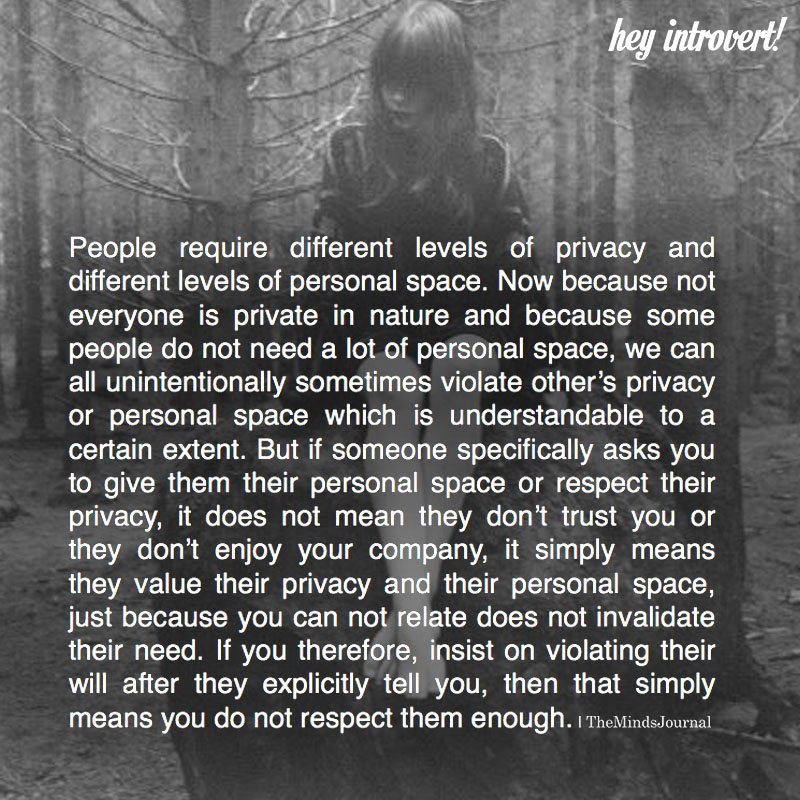
Importance of proxemics in communication
Proxemics plays an important role in communication for several reasons, such as –
1. Nonverbal communication
proxemics and nonverbal communication are closely associated. Proxemics is, in fact, a form of nonverbal communication that helps convey messages without using words.
The distance between people, their body language, and facial expressions can all communicate different messages that complement or contradict what is being said verbally.
For example, standing very close to someone can show intimacy or affection, while standing farther away can signal that you are not interested or feel uncomfortable.
2. Cultural differences
Different cultures have different norms for personal space and appropriate distances for various social situations. Understanding these norms is essential for effective communication in cross-cultural interactions.
3. Relationship building
Proxemics can help us build and maintain relationships with others. The appropriate use of space can signal trust, respect, and intimacy, while invading someone’s personal space can be seen as intrusive or threatening.
4. Power dynamics
Proxemics can also signal power dynamics in a social situation. For example, a person in a position of authority may feel entitled to more personal space than someone in a subordinate position.
5. Conflict resolution
Proxemics can also play an important role in conflict resolution. Being able to recognize when someone is uncomfortable with their personal space being invaded can help avoid misunderstandings and potential conflicts.
Proxemics is important in communication as it can help us interpret nonverbal cues, understand cross-cultural differences, build and maintain relationships, recognize power dynamics, and resolve conflicts effectively.
Proxemics and culture
Proxemics can vary greatly based on cultural norms and expectations. Here are some examples of how proxemics can vary based on culture:
1. Latin American and Middle East
In some Latin American and Middle Eastern cultures, people tend to stand closer to one another during conversations than in North American or European cultures. This is because in these cultures, physical proximity is seen as a way to show warmth, trust, and connection.
People may also touch each other more frequently during conversations, such as placing a hand on someone’s shoulder or arm. This type of physical contact is a way to show friendliness and closeness.
2. North America and Europe
In North American and European cultures, people tend to stand farther apart during conversations, especially with people they don’t know very well. Personal space is highly valued, and standing too close to someone might be seen as intrusive or aggressive.
In these cultures, physical touch is also less common during conversation, as it might be seen as inappropriate or intimate. For example, in North America, people may feel comfortable standing about an arm’s length away from each other in a social situation.
However, someone from a Latin American culture might feel distant or cold if they are not used to the larger personal space that is typical in North American culture, while someone from a North American culture might feel uncomfortable if someone from a Latin American culture stands too close or touches them during conversation.
Related: 7 Signs You Need Space In A Relationship
3. Japan
Another example of cultural differences in proxemics is in Japan, where people tend to stand farther apart than in some other cultures. This can be due to a cultural emphasis on avoiding physical contact and respecting personal space.
These are just a few examples, but they illustrate how cultural norms can influence how people use space and distance when communicating with each other. Understanding these differences can help individuals communicate more effectively in cross-cultural interactions.
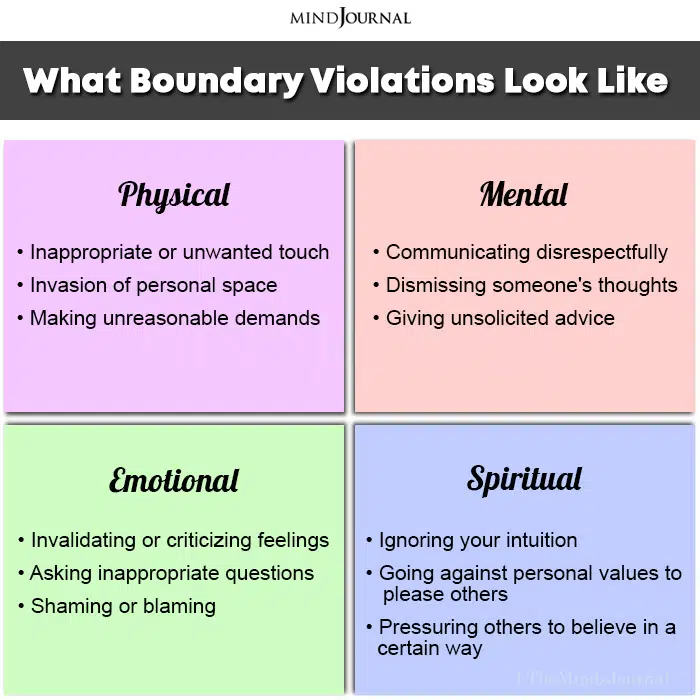
Application of proxemics in everyday life
You can apply proxemics in communication in your daily life to improve your communication and build positive, healthier relationships. By being aware of our personal space and how we interact with others, we can communicate more effectively and have better relationships with those around us.
For example, we might stand closer to someone we want to show support for, or give them more space if we want to show respect for their personal boundaries.
Here are some ways you can practically apply proxemics in everyday life –
1. In personal relationships
Understanding proxemics can help us communicate more effectively with our friends, family, and romantic partners. By using appropriate personal space and touch, we can convey our emotional state and build stronger relationships.
Understanding the appropriate level of personal space in different situations can help establish trust and respect between each other.
2. In the workplace
Proxemics can be important in the workplace, especially in situations like job interviews or negotiations. Understanding how to use personal space can help us convey confidence and respect, and can help us make a positive impression on our colleagues and superiors.
When attending a job interview, it is important to maintain an appropriate distance from the interviewer as it can help establish a professional and respectful tone.
Proxemics can also be used to establish power dynamics during business meetings. For example, sitting at the head of the table can signal authority, while sitting at the opposite end can show a more cooperative and collaborative approach.
3. In public spaces
Proxemics can also be important in public spaces, such as on public transportation or in crowded areas. By understanding how to use personal space effectively, we can avoid making others feel uncomfortable or threatened, and can help prevent conflicts or misunderstandings.
4. In social gatherings
Proxemics can help establish social norms during social gatherings. For example, standing close to someone at a party may signal intimacy or interest, while standing farther away can signal disinterest or discomfort.
5. In conflict resolution
Proxemics can also be used to de-escalate conflicts. For example, if someone is feeling threatened or uncomfortable due to someone standing too close, addressing this issue respectfully can help resolve the conflict.
6. In cross-cultural interactions
Understanding proxemics can be especially important in cross-cultural interactions, as personal space and touch can vary widely across different cultures.
By respecting cultural differences, we can communicate more effectively and build positive relationships with people from different backgrounds and ethnicities.
Overall, understanding proxemics can help us communicate more effectively, build stronger relationships, and avoid misunderstandings in a variety of everyday situations such as job interviews, business meetings, social gatherings, personal relationships, and conflict resolution.
Related: How To Not Be Clingy In A Relationship: 5 Tips To Manage Neediness
Tips for using proxemics for better communication
Here are some ways you can use using proxemics in communication in your daily life:
1. Understand personal space
Pay attention to your own use of personal space. Consider how close you stand to others and whether you’re comfortable with the amount of space you’re using.
2. Pay attention to nonverbal cues
People use nonverbal cues like body language, eye contact, and facial expressions to communicate how they feel about the space around them. Pay attention to these cues to understand if someone feels comfortable or uncomfortable.
3. Use personal space to communicate
If you want to show someone you’re interested in what they’re saying, you might stand slightly closer to them. If you want to show respect for their personal boundaries, you might give them a bit more space.
4. Be aware of others’ use of personal space
Notice how close they stand to you and whether they seem comfortable or uncomfortable with the amount of space between you.
5. Adapt to different situations
Different situations require different levels of proximity. For example, standing close to someone in a crowded subway car is different from standing close to someone in an empty elevator. Be aware of the context and adjust your behavior accordingly.
6. Use touch appropriately
Touch can be a powerful tool for building trust and connection, but it can also be invasive and uncomfortable. Be mindful of the type of touch that is appropriate in different situations and with different people.
7. Be mindful of cultural differences
Different cultures have different norms around personal space.So it’s important to be respectful and aware of these differences when interacting with people from diverse backgrounds and adjust your behavior accordingly.
8. Practice active listening
When you’re engaged in a conversation, your proximity to the other person can affect how well you’re able to listen and understand them. Be mindful of your proximity and make adjustments to help facilitate active listening.
9. Use personal space to manage group dynamics
If you’re leading a group discussion and want to encourage participation, you might stand closer to the group to create a sense of intimacy and connection. If you want to create a more formal atmosphere, you might stand further away.
By being mindful of personal space and using proxemics effectively, you can build better relationships with others, communicate more clearly, and navigate social situations with greater ease.
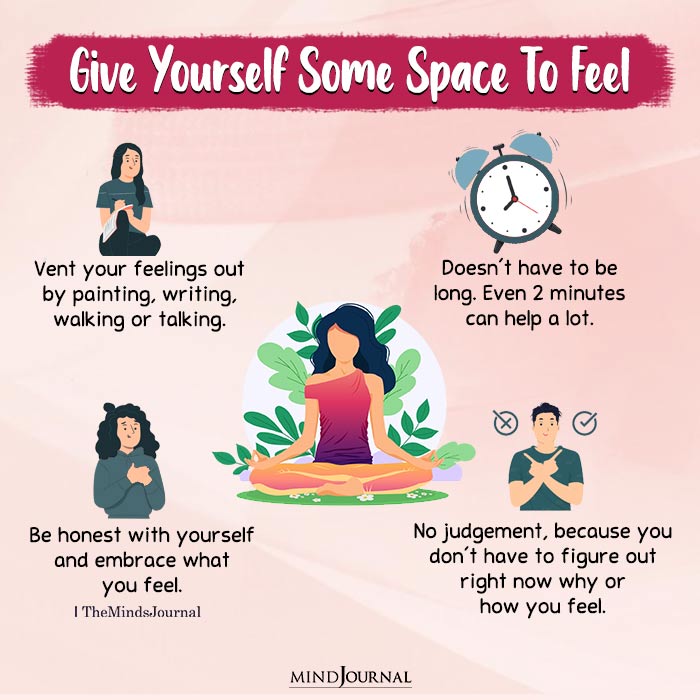
Use proxemics to improve your communication
Proxemics is a fascinating aspect of human communication which plays a significant role in our daily lives, whether we realize it or not. It helps us understand how we use space and distance to convey messages without using words and helps us navigate social situations more effectively.
From personal space to power dynamics, cultural differences, and conflict resolution, proxemics plays an essential role in our daily lives, whether we are interacting with friends, family, colleagues, or strangers.
By being aware of our personal space and how we interact with others, we can communicate more effectively, build better relationships, and avoid misunderstandings and conflicts.
Understanding the importance of proxemics can enhance our communication skills, help us become more culturally aware, and ultimately, lead to more positive interactions and connections with others.
Related: How Healthy Boundaries Help Protect Your Personal Space

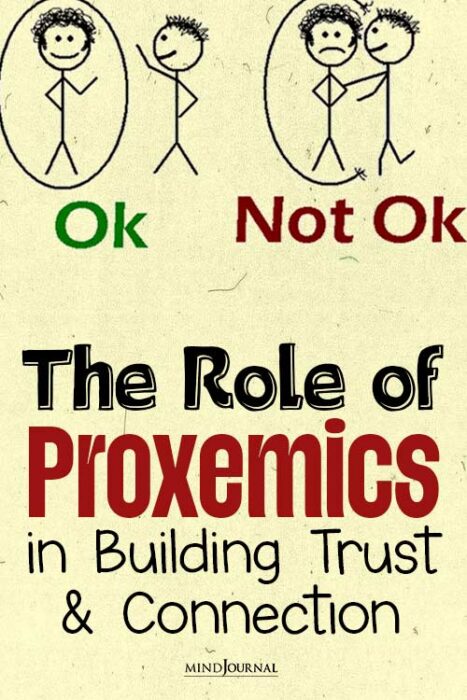
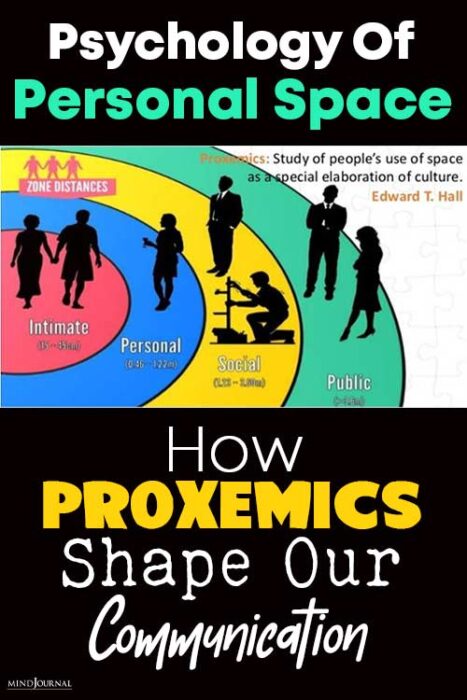
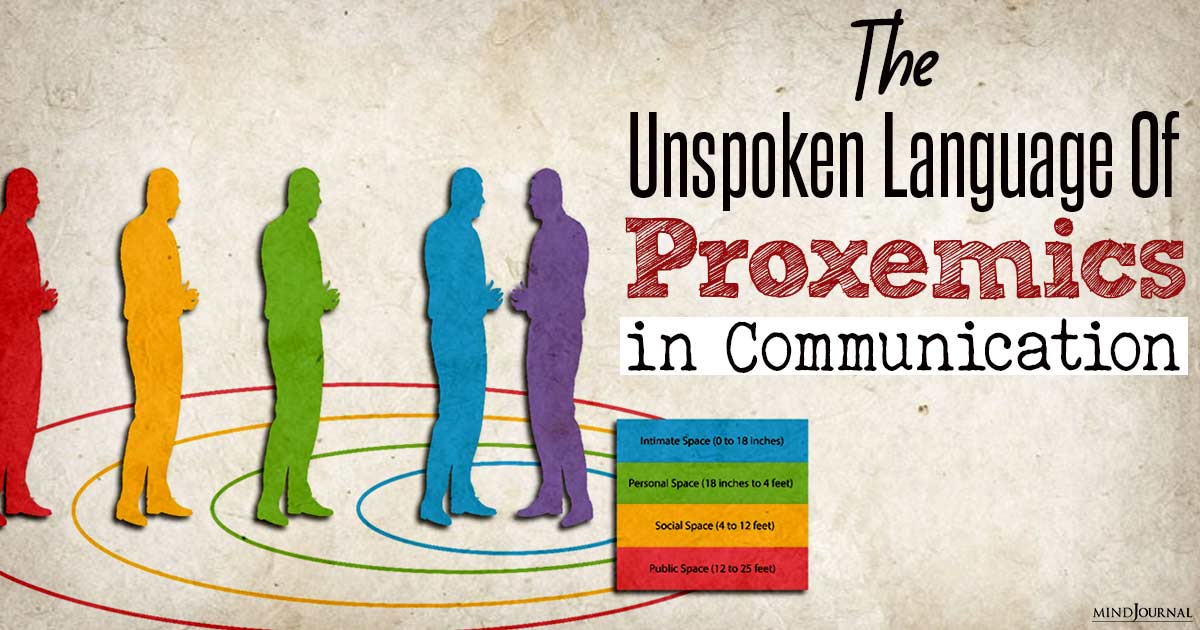







Leave a Reply
You must be logged in to post a comment.